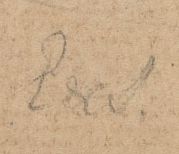Managing Marginalia: Two Ways
We are experiencing Real Winter Weather for the first time this season, so it seems apt that BAND are about to re-visit a project that kept us occupied last time the snow fell and the mercury plummeted: Blake’s marginalia.
As Lisa discussed last winter, one of the projects that we have yet to tackle fully is the annotations that Blake made in books from his own collection, a unique and challenging combination of a manuscript and a typographical work. This week, we’ll be holding the first meeting of Team Marginalia, a similar kind of working group as Team Color Code, who will be focusing on the specific problems that this kind of work poses.
Continue reading
